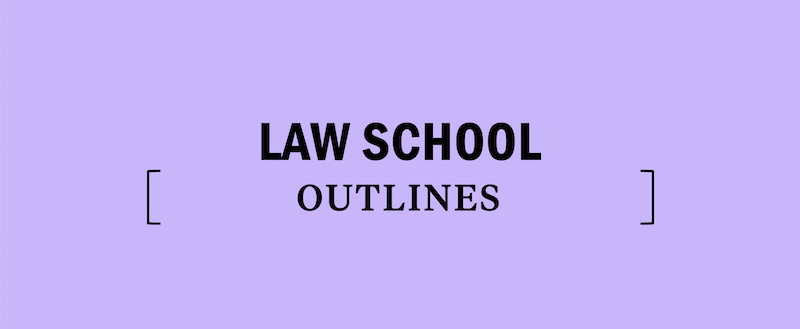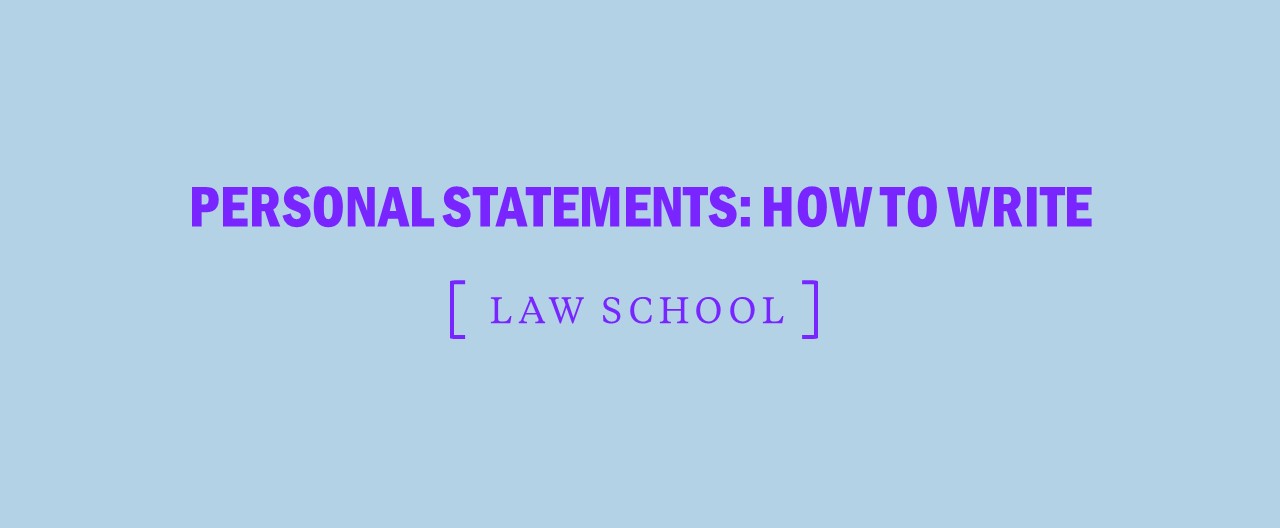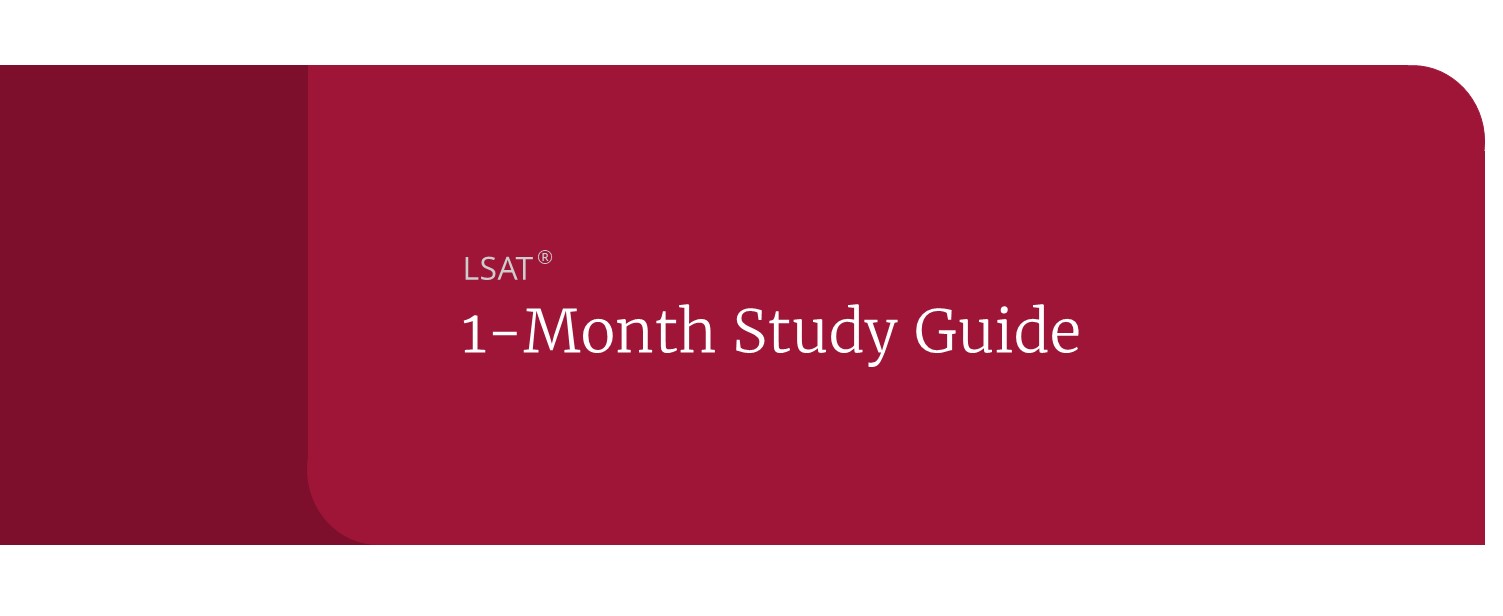A Guide To Law School Outlines
Before creating a course outline, it is important to understand the purpose of an outline and the outlining process. Many students think of an outline as a product, instead of a process. But, it is actually both! If you spend your time thinking only about an outline as a product, you will miss valuable learnings along the way.
Outlining is a verb, an action you take to frame the content you are learning, synthesize the key concepts, and learn the law along the way. This is why creating your own outline is so valuable. It is not just about the finished product that will aid your exam study, but also what you learn as you are creating your outline.
Want to try a Free Online Law School Review Course?
Law School Outlines: Content to Include
Ideally, an outline will reduce all of your course materials into an organized study aid. If you devote time weekly throughout the semester to properly compile these course materials, your outline will be complete and ready for when you begin your final exam review at the end of the semester. And, your understanding and familiarity of the legal content will build as you work to synthesize it into a useful format.
Sources for Law School Study Aid
- Syllabus
- Class notes
- Case briefs
- Notes from outside reading
- Statutes
- Notes from hypos
- Casebook questions
Creating Your Law School Outlines
While creating your own outlines may sound daunting or overly time consuming, it is through this process that you will begin to develop the skills necessary to understand the law in a way that will help you apply the rules to a new set of facts. Final exams, much like legal practice, require you to resolve legal issues presented from somewhat lengthy and problematic factual situations. A well prepared course outline will help you learn the law so that you can proficiently work through a set of facts and produce a well-reasoned response to the questions posed.
Objectives: How Your Law School Outlines Should Help You
In an exam setting, you will also be operating under pressure with time constraints and need to be able to fluidly and systematically think through each and every step of the legal analysis. Since your outline is being created to help you study and be successful on your finals, the format and flow of your outline should mimic this thought process. Generally, the schema, or pattern of the subject, will become the overarching framework of your outline. Although, following the structure of your course syllabus can also be helpful.
You will then fill in this framework with key rules, terms of art, case summaries, and any other key details from class discussions. This will help you to produce a well-crafted outline; but, more importantly, it will also help you review and learn the law.
Law School Outlines: The Process vs. The Product
As noted, it is generally a good idea to work on your outlines throughout the semester. If you reserve time after class each week, this time consuming process will not impede your final exam study time at the end of the semester. It will also allow you to fully absorb the doctrinal content that you have covered before you move on to learning new content.
Your finished outline (product) will assist you considerably as you begin your memorization (process) for finals. However, your outline is less likely to assist you if it isn’t well organized or if it is too long. Remember, the goal of an outline is to condense the content into a more manageable and easily memorable form. If your outline becomes too lengthy, it is not serving its purpose. While the length of your outlines will vary, you should try to be as concise as possible. Include only what is necessary to convey what you need to know about the rules or cases.
During your final review study period, using your full course outline to study may be too cumbersome and time consuming. Thus, it is ideal to whittle down your longer outline into a more manageable skeletal outline or checklist. Your checklist should include only the essential legal terms with the main issues and concepts explained in your own words. Synthesizing the material again in this manner will help you retain the information for exam day. In a closed-book exam, your checklist will be a valuable study tool that you will strive to memorize. However, if your exam is open-book, you can use this checklist to efficiently aid you in completing your exam.






